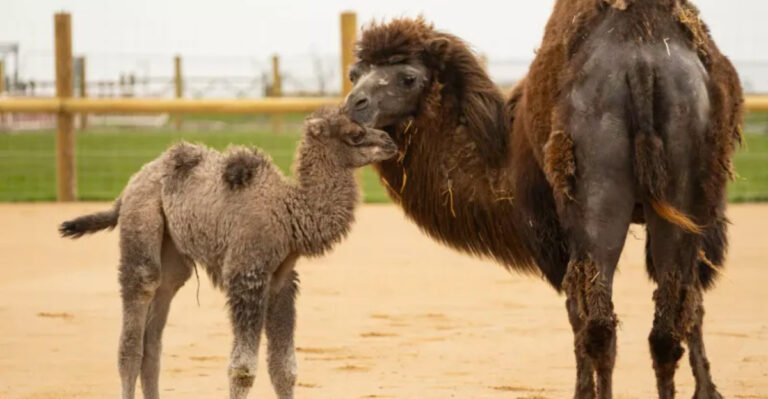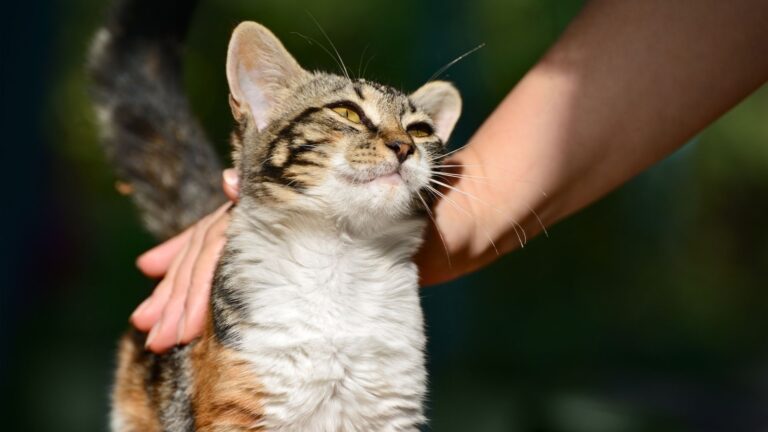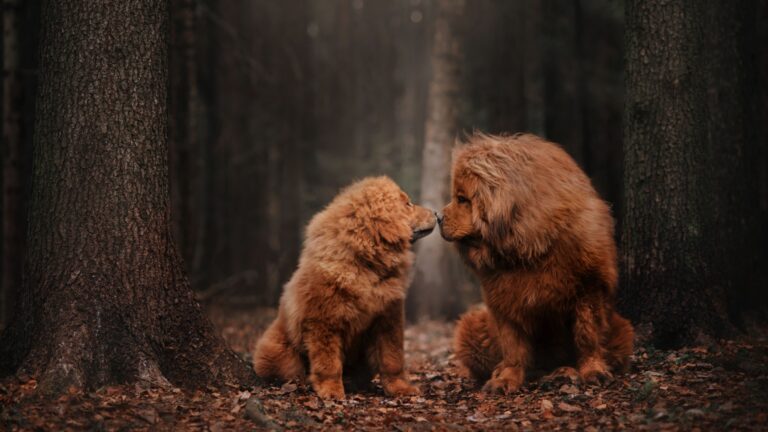26 Fascinating Bunny Facts You Won’t Believe About These Adorable Critters
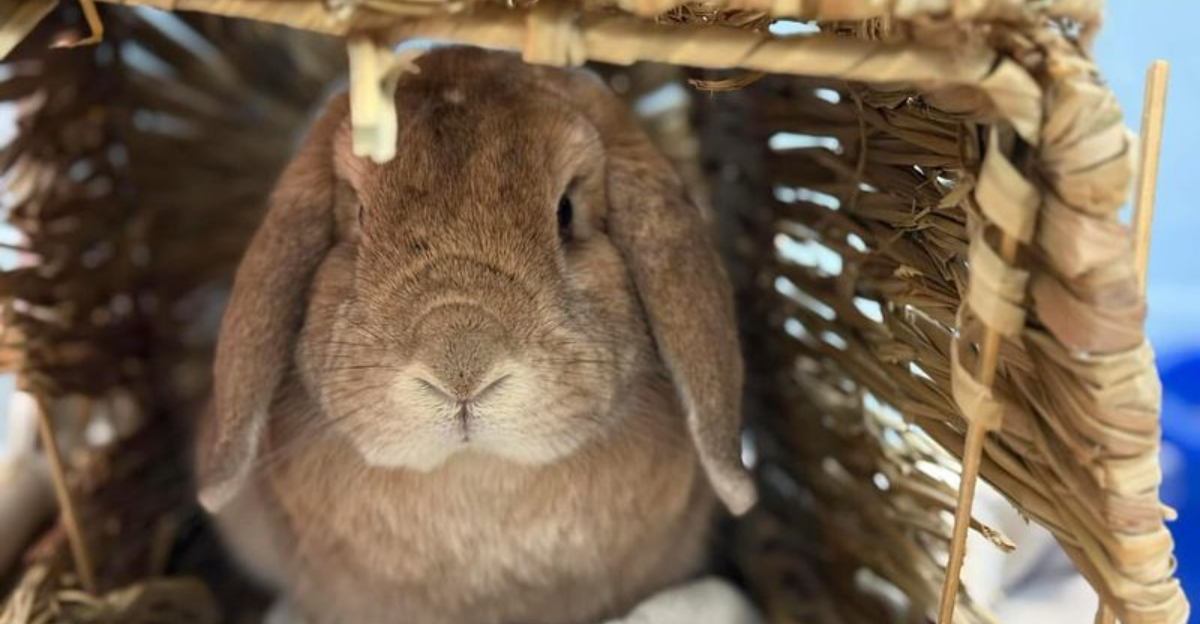
Bunnies have long been adored for their soft fur, twitching noses, and playful hops, but there’s much more to these adorable critters than meets the eye.
From their surprising communication methods to their incredible agility, bunnies are full of fascinating secrets. These facts highlight the unique traits and behaviors of bunnies, showing just how extraordinary these furry friends truly are.
1. Emotional Intelligence

Rabbits possess a remarkable level of emotional intelligence, often surprising their owners with their sensitivity to human emotions. These clever creatures can pick up on their owner’s moods and respond accordingly.
For example, if you’re feeling sad or stressed, your bunny might nuzzle up to you, offering comfort with their soft fur and calm presence. They can also sense when you’re happy, excited, or relaxed, and will often mirror those emotions, creating a bond that goes beyond mere companionship.
2. Playfulness
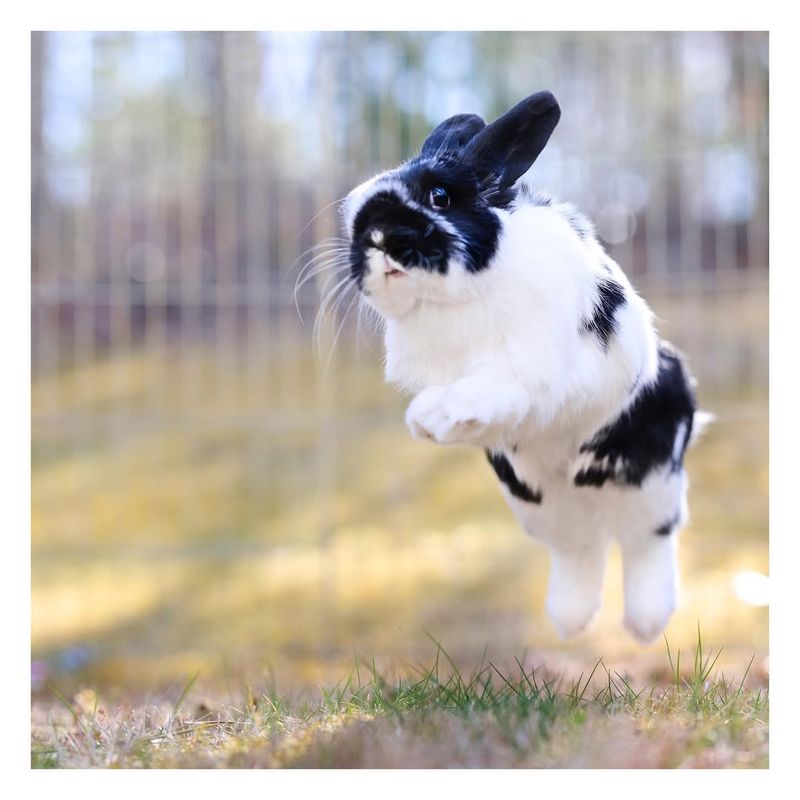
Rabbits are not only affectionate and curious but also incredibly playful. Despite their reputation for being quiet and calm, they love engaging in playful activities, especially when they feel comfortable in their environment.
Rabbits will often chase after toys, hop around in excitement, or even playfully nudge their owners in an invitation for interaction. Their playful nature is most evident when they “binky”, i.e. spontaneously and happily leap into the air showing their joy and contentment.
3. Bunny Communication
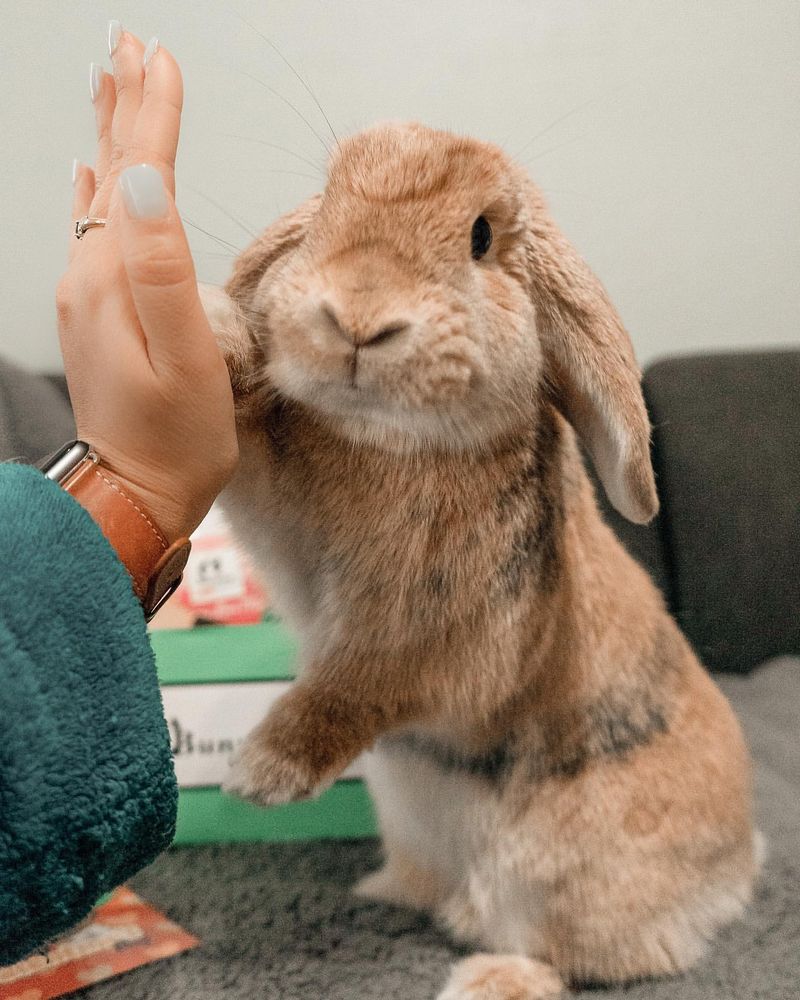
Bunnies communicate in a variety of subtle and intriguing ways. A perk of their ears can convey curiosity or alertness, while the twitching of their noses can signify assessment of their environment.
These creatures use body language extensively; a thump of their hind legs is a warning signal to other rabbits of potential danger. Their vocalizations, though rare, can express distress or discomfort.
Bunnies also engage in mutual grooming, which not only helps in maintaining hygiene but strengthens social bonds within groups.
4. Unique Digestive System
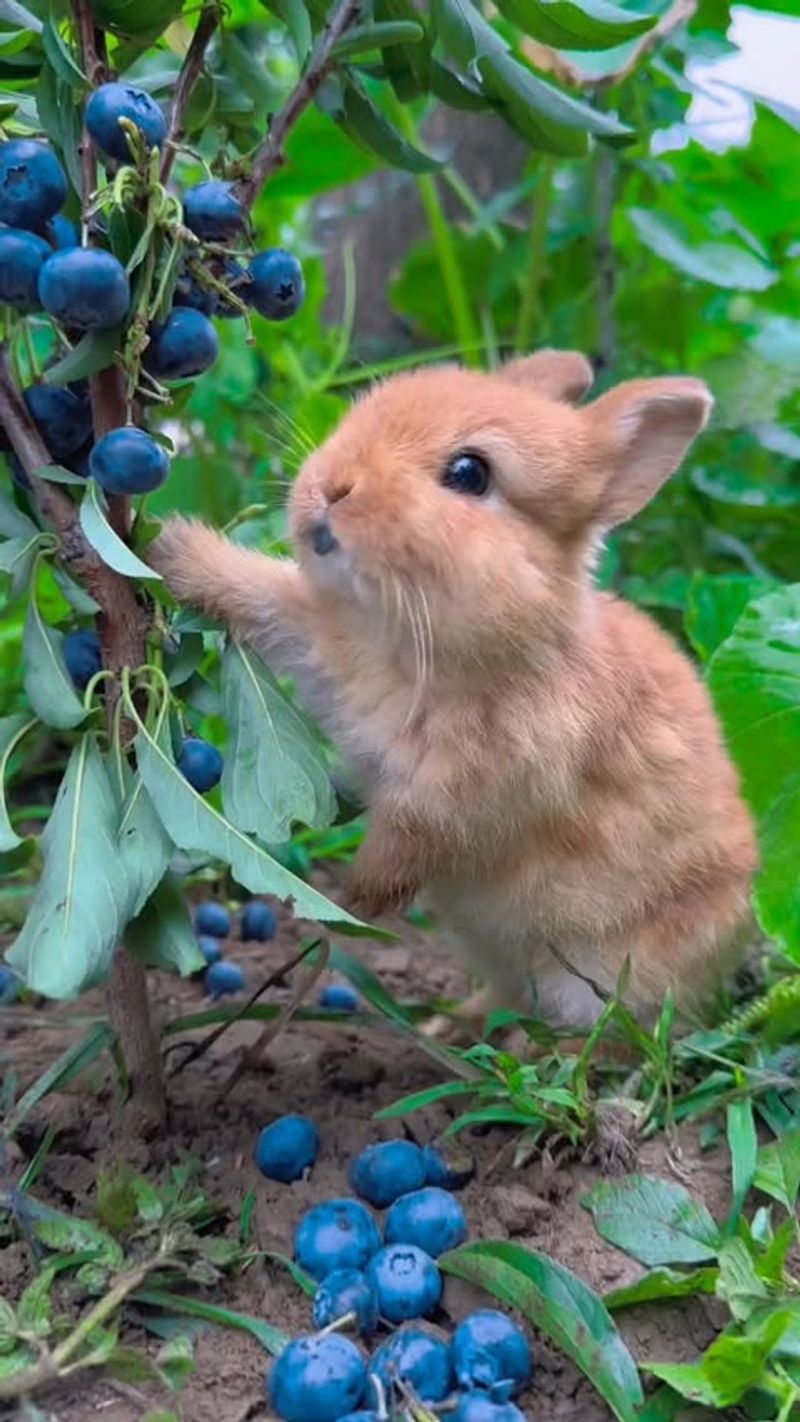
Rabbits possess a unique digestive system that is essential for their survival. They are hindgut fermenters, meaning most of their digestion occurs in the cecum, a specialized part of their digestive tract.
This allows them to efficiently break down fibrous plant materials that other animals might find indigestible. An interesting aspect of their digestion is a process called coprophagy, where rabbits consume their cecotropes, nutrient-rich droppings produced in their cecum.
This practice allows them to re-digest essential nutrients, ensuring they receive adequate nutrition from their food.
5. Bunny Vision
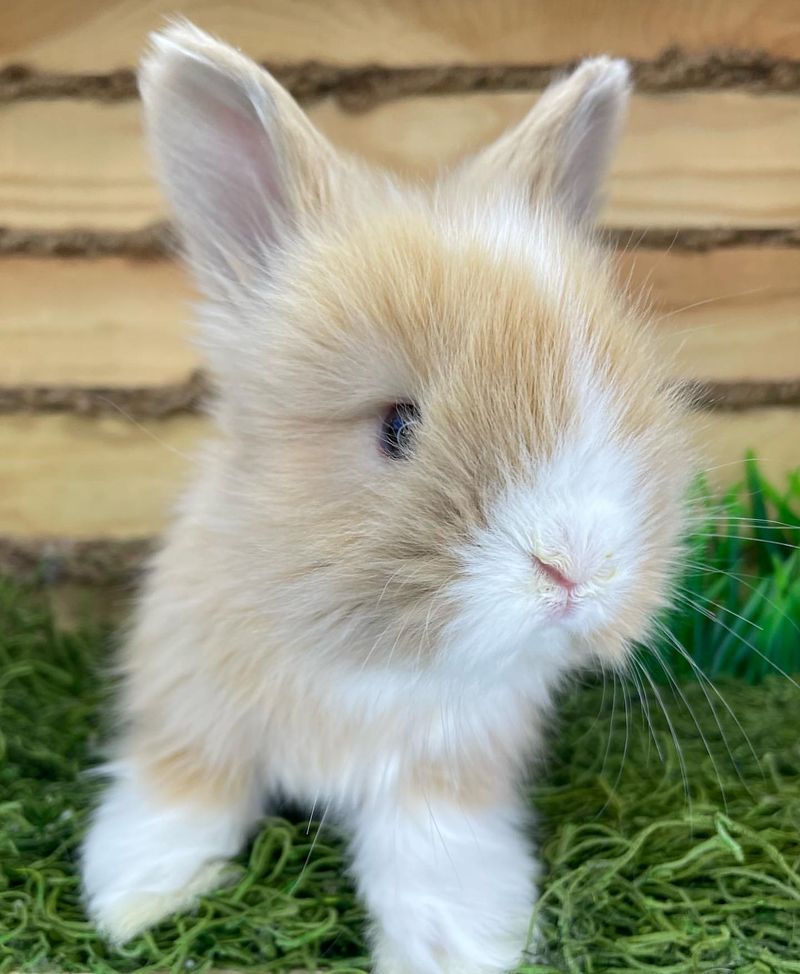
Rabbits have a highly developed sense of vision that plays a crucial role in their survival. Their eyes are strategically located on the sides of their heads, providing an almost 360-degree field of view.
This wide range helps them detect predators from various angles, a vital adaptation for their safety in the wild. Their retinas contain more rods than cones, allowing them to see well in low-light conditions but resulting in a limited ability to perceive colors.
6. Social Structures
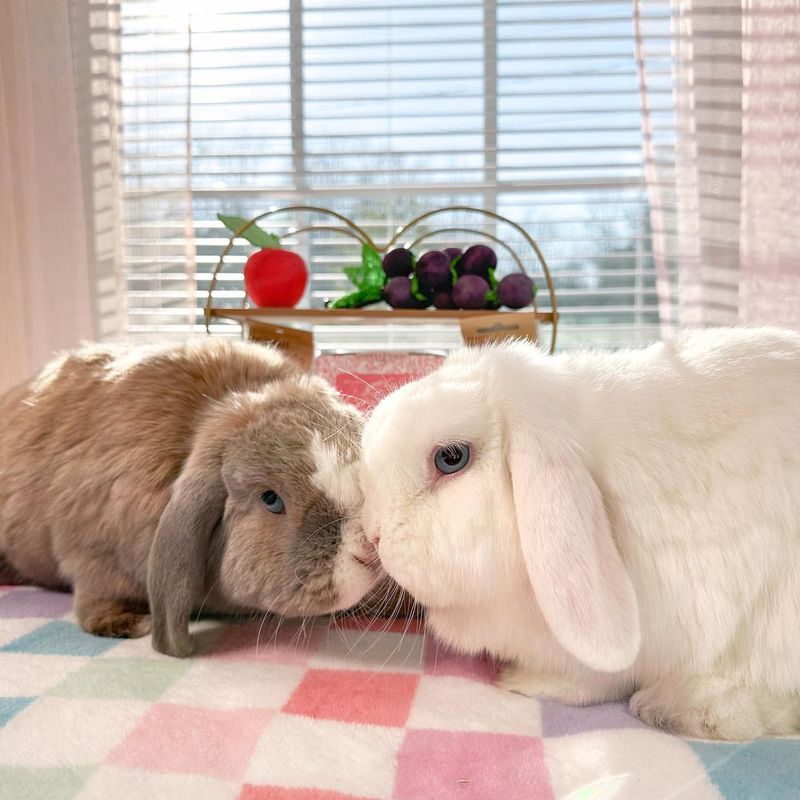
Rabbits are social creatures that thrive in groups, forming intricate social structures within their communities. In the wild, they live in large groups known as colonies, which can consist of several family units.
Social hierarchy is an essential aspect, often determined through grooming and other social interactions. Hierarchy within a group is maintained through grooming, with dominant rabbits receiving more grooming from subordinates.
7. Bunny Burrows
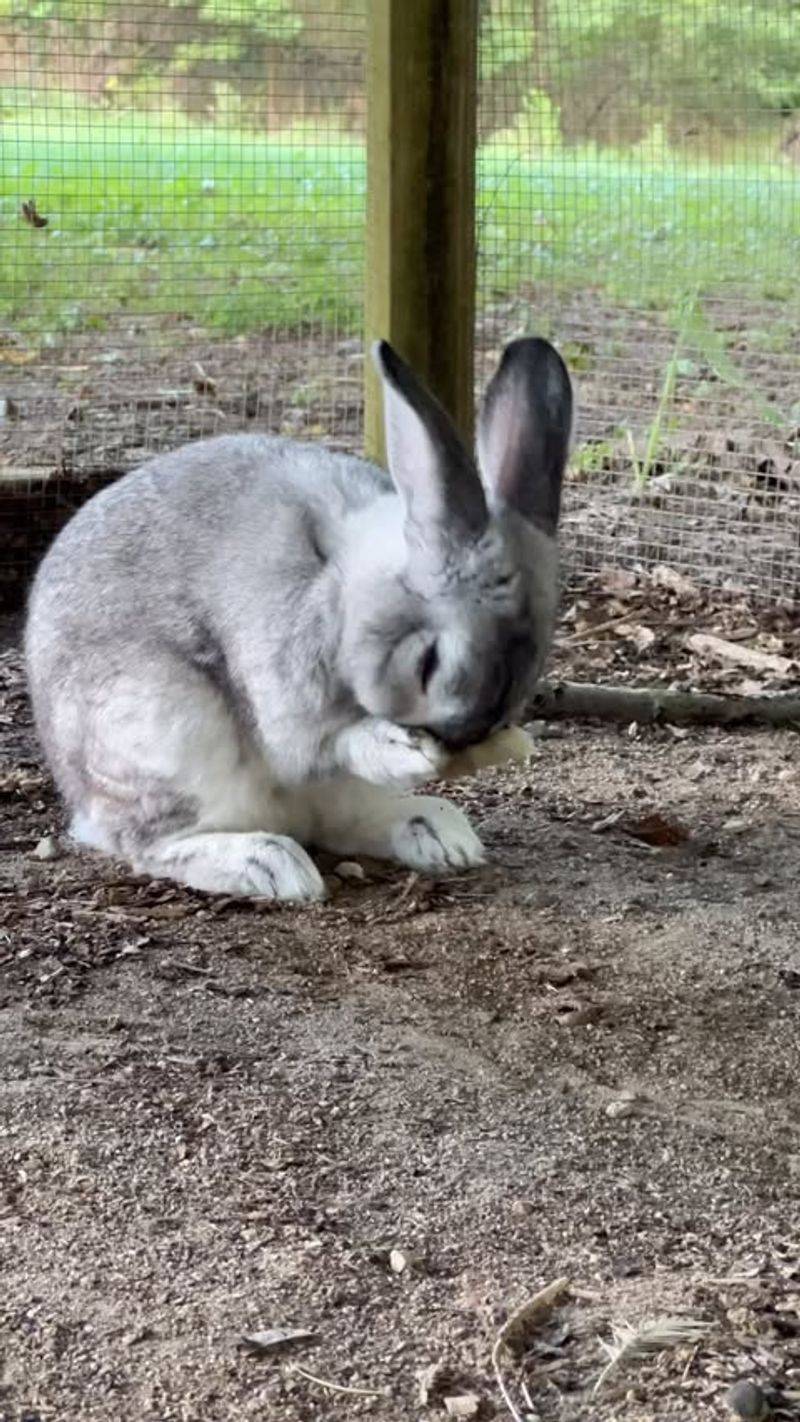
In the wild, rabbits are exceptional diggers, creating complex burrow systems called warrens. These underground networks serve as protection from predators and harsh weather, providing a safe place for resting, raising young, and social interaction.
A warren can be extensive, with multiple entrances and tunnels leading to various chambers used for nesting and storage.
The size and complexity of a warren often depend on the environment and the number of rabbits residing within the colony.
8. The Art Of Thumping
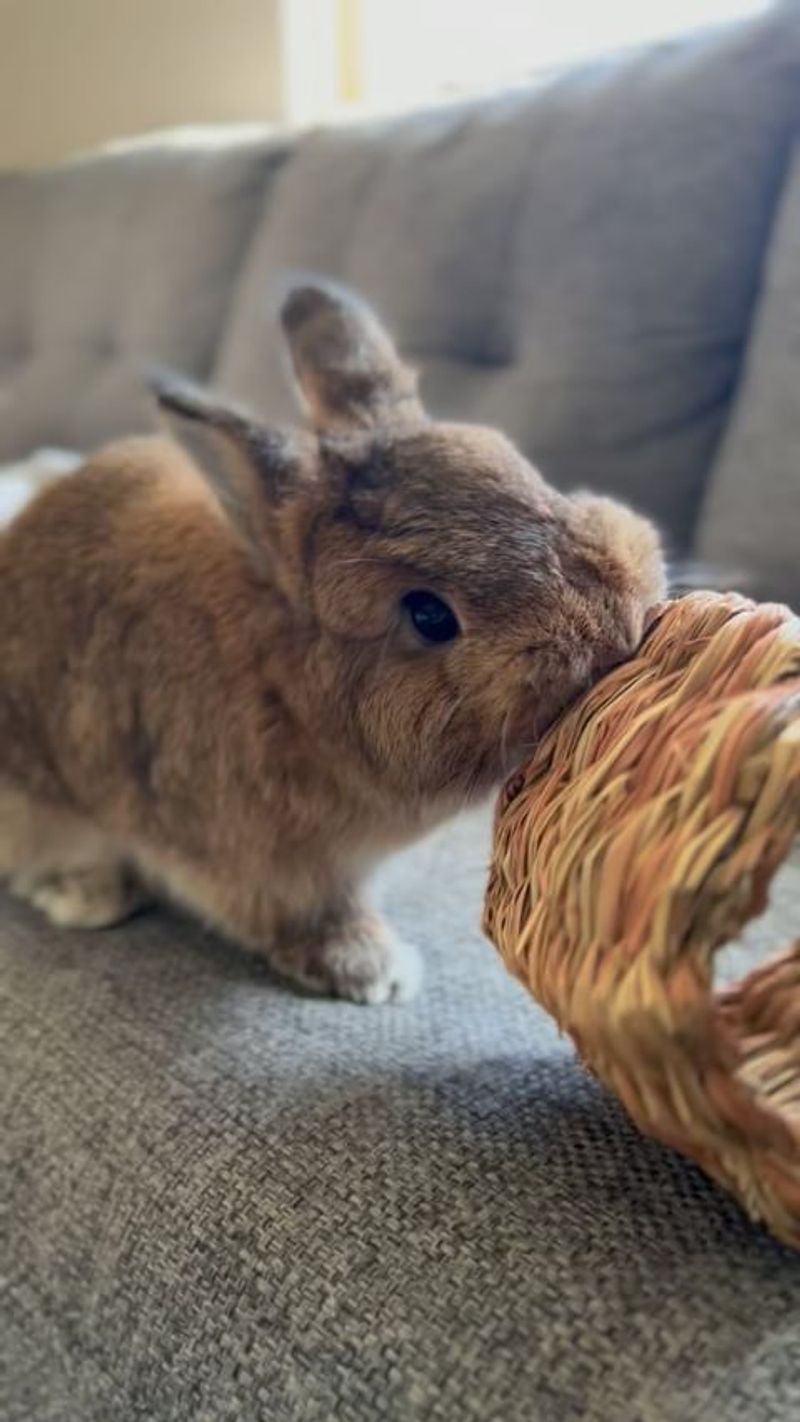
Thumping is a well-known behavior in rabbits, often portrayed in media as a sign of discontent or warning. This behavior is a natural instinct used to alert other rabbits of potential danger nearby.
When a rabbit senses a threat, it will stand on all fours and forcefully stomp its hind leg on the ground, producing a loud thumping sound.
This sound travels through the ground, alerting other rabbits in the vicinity to be cautious. Thumping can also be a sign of annoyance or unease, communicating a rabbit’s displeasure to others in its environment.
9. The Magic Of Binkies
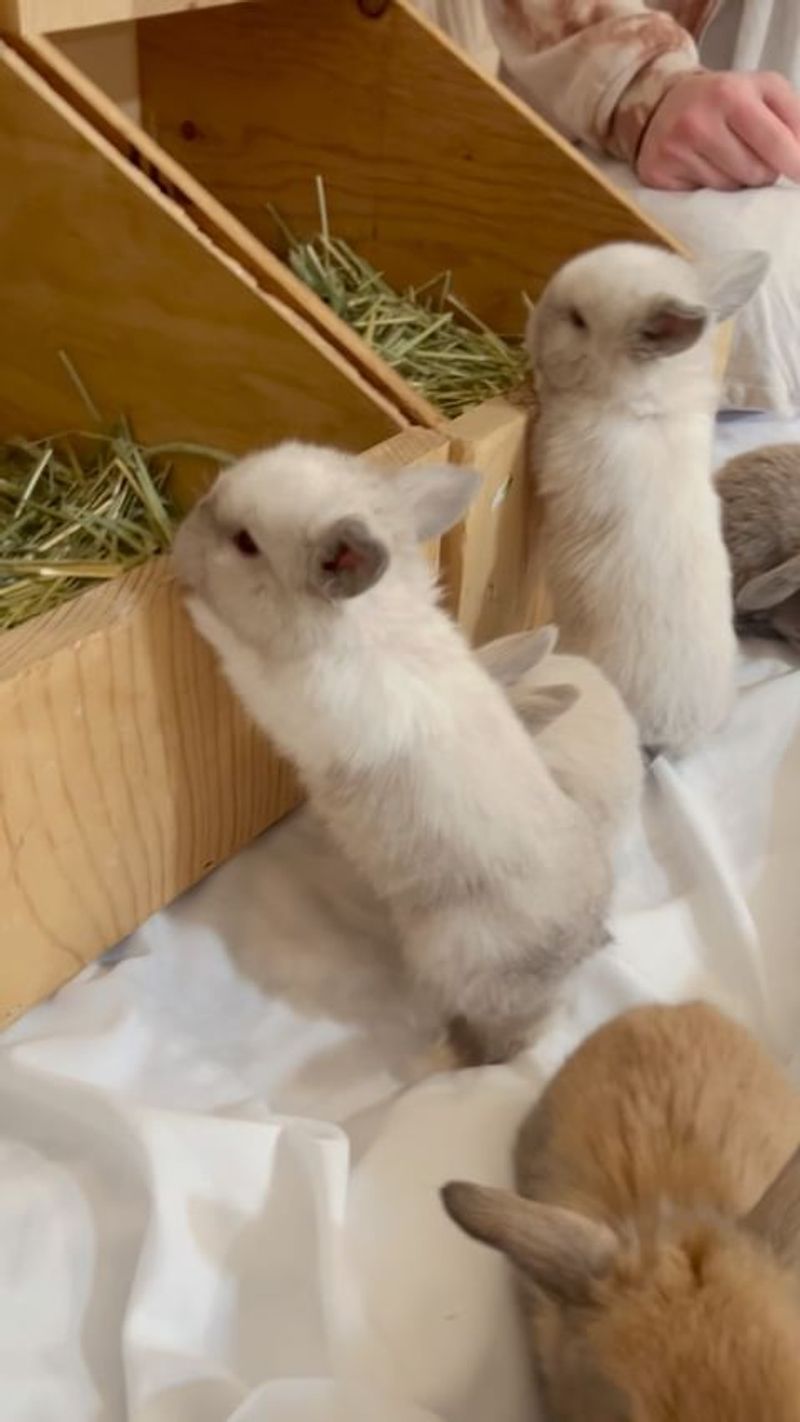
One of the most delightful behaviors observed in rabbits is the binky, a spontaneous leap into the air accompanied by a twist of the body. Binkies are a sign of pure joy and contentment, often seen when a rabbit is particularly happy or excited.
This behavior is an expression of exuberance and is usually accompanied by lively running and hopping around. Binkying rabbits may exhibit this behavior when they are in a secure environment, feeling playful and carefree.
10. Rabbit Reproduction
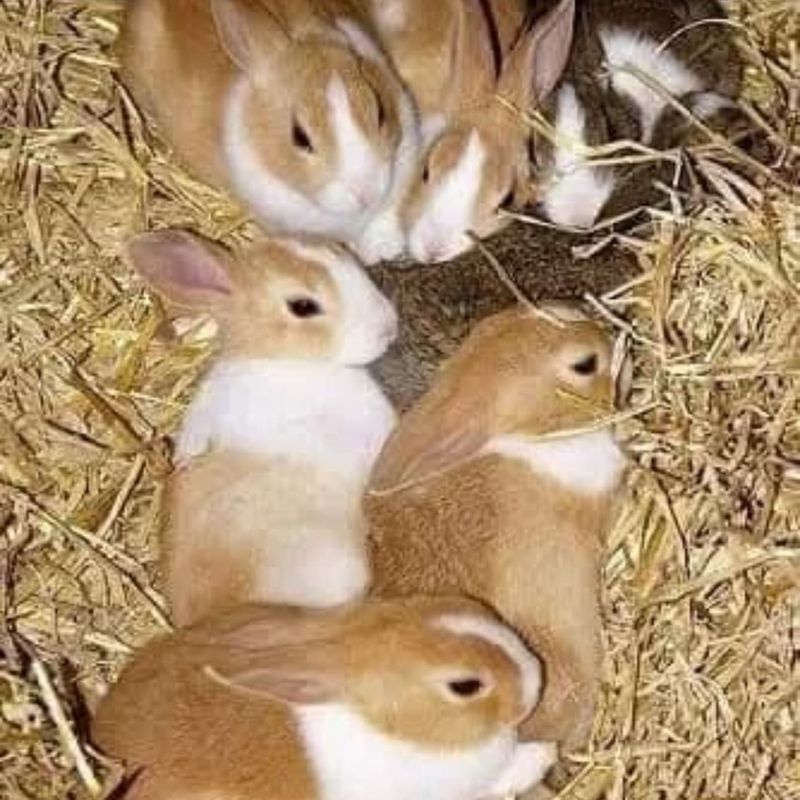
Rabbits are renowned for their reproductive prowess, a trait that has fascinated and sometimes bewildered humans. Known for their ability to breed rapidly, a single pair of rabbits can produce a substantial number of offspring in a relatively short period.
Female rabbits, or does, can become pregnant as early as four months of age and have a gestation period of around 30 days.
They can conceive again shortly after giving birth, allowing for multiple litters within a year. A typical litter can range from one to twelve kits, and mothers are exceptionally nurturing, ensuring their young are cared for in secure nests.
11. The Importance Of Hay
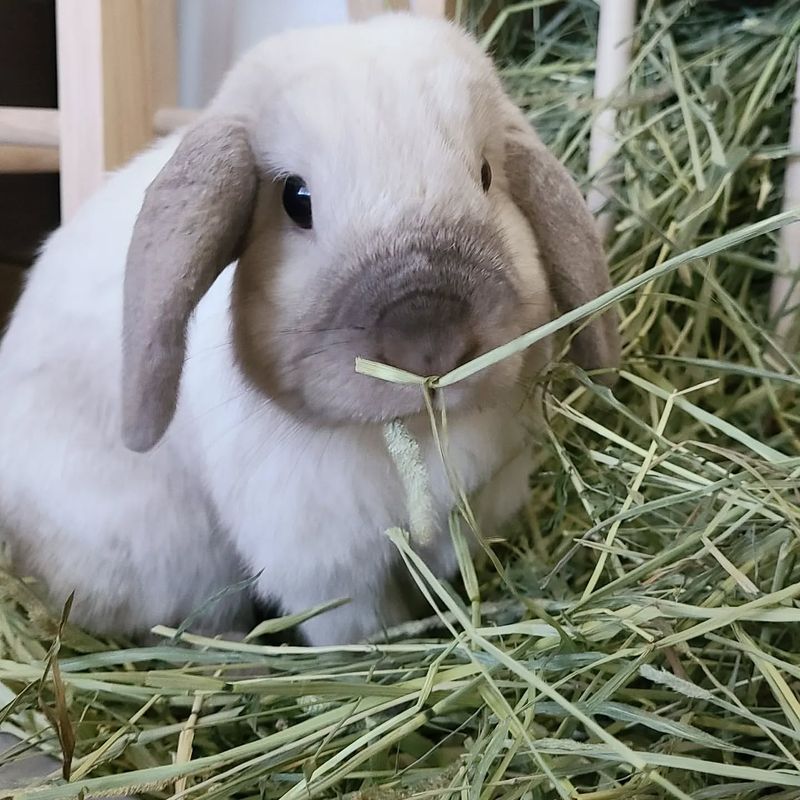
As natural grazers, rabbits rely on hay as their primary source of fiber, which aids in proper digestion and helps prevent gastrointestinal issues.
The constant chewing required to consume hay also helps wear down a rabbit’s continuously growing teeth, preventing dental problems.
Providing unlimited access to high-quality hay is essential for any rabbit owner. Not only does it keep their pet healthy, but it also offers mental stimulation and encourages natural foraging behavior.
12. Bunny Bonding
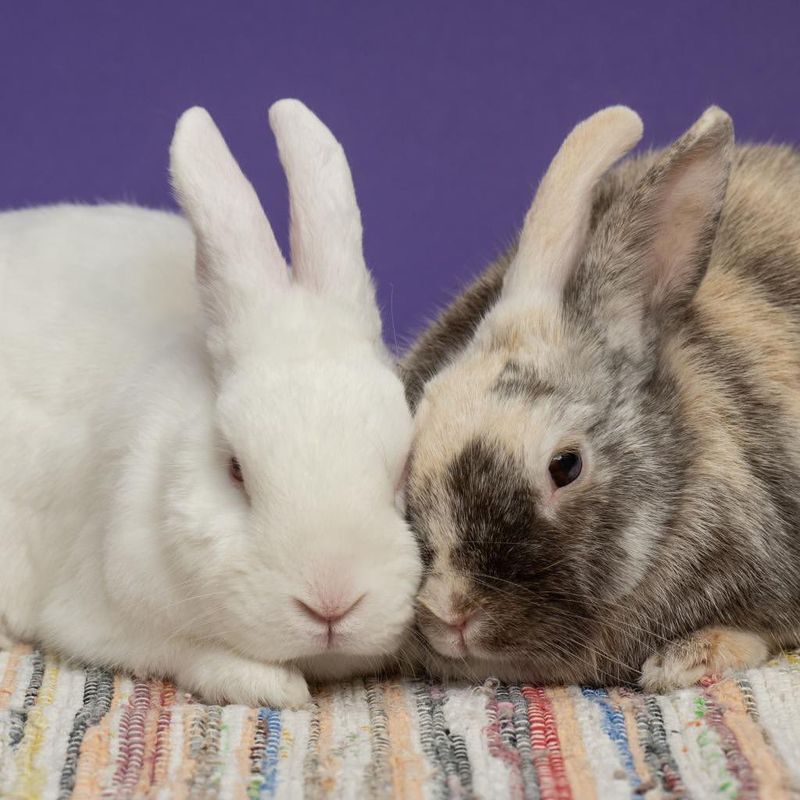
Rabbits form strong bonds with each other, often seen in their grooming and social interactions. Bonding is a vital part of a rabbit’s life, providing emotional support and companionship. In the wild, rabbits live in groups, and this social structure is reflected in their behavior as pets.
Bonded rabbits will groom each other regularly, a sign of affection and trust. This behavior helps to strengthen their relationship and provides comfort. Rabbits may also sleep closely together or play, showcasing their strong social ties.
13. Rabbit Agility
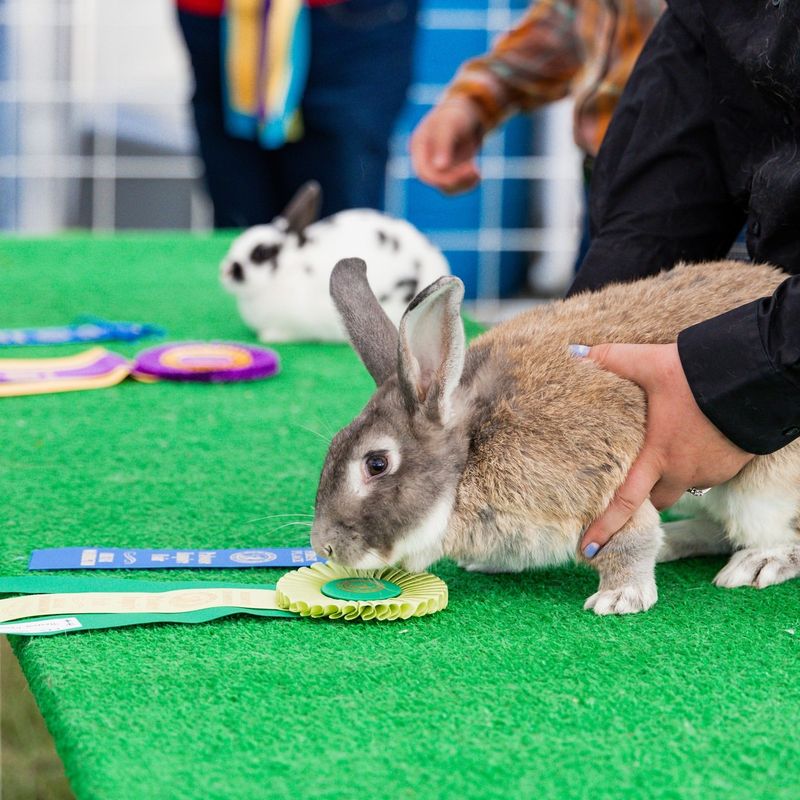
Rabbits are naturally agile creatures, capable of impressive feats of speed and dexterity. This agility is crucial for their survival in the wild, allowing them to quickly escape predators and navigate complex terrains.
Domesticated rabbits can also benefit from activities that engage their natural agility. Training rabbits to navigate agility courses not only provides physical exercise but also mental stimulation. These courses can include tunnels, jumps, and weave poles, offering a fun and enriching experience.
14. The Lifespan Of Bunnies
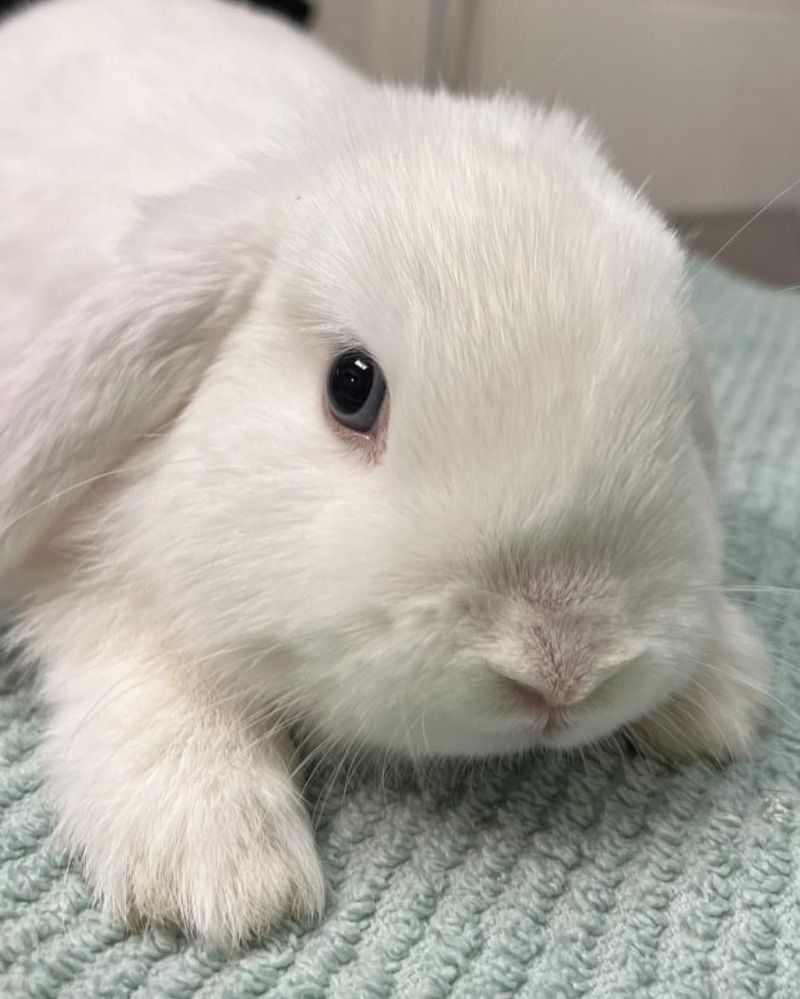
Rabbits have varied lifespans depending on their environment and care. In the wild, rabbits typically live for about 1-3 years due to predators and environmental challenges.
However, domesticated rabbits can live significantly longer, often reaching 8-12 years with proper care. Several factors contribute to a rabbit’s lifespan, including diet, health care, and living conditions.
15. The Language Of Ears

A rabbit’s ears are not only functional but also expressive, conveying a range of emotions and signals.
Beyond hearing, ear positions can indicate a rabbit’s mood.
For example, ears held upright may signal alertness or curiosity, while ears laid back can suggest relaxation or submission. Rapid ear movements might indicate agitation or confusion, providing insight into a rabbit’s emotional state.
16. The Role Of Whiskers
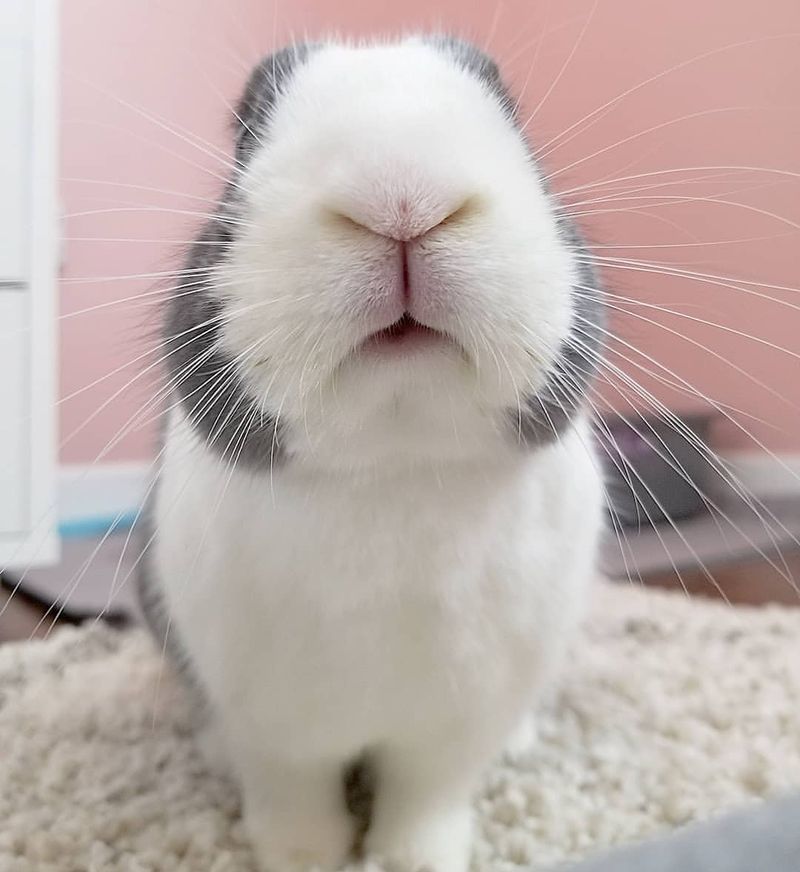
Rabbits have long, sensitive whiskers that serve multiple important functions. These whiskers, also known as vibrissae, are highly sensitive tactile hairs that help rabbits navigate their environment.
Whiskers can detect changes in the surroundings, allowing rabbits to sense nearby objects and obstacles, even in low-light conditions. This sensitivity is crucial for their survival, helping them to move safely in the dark and avoid predators.
17. Unique Rabbit Breeds
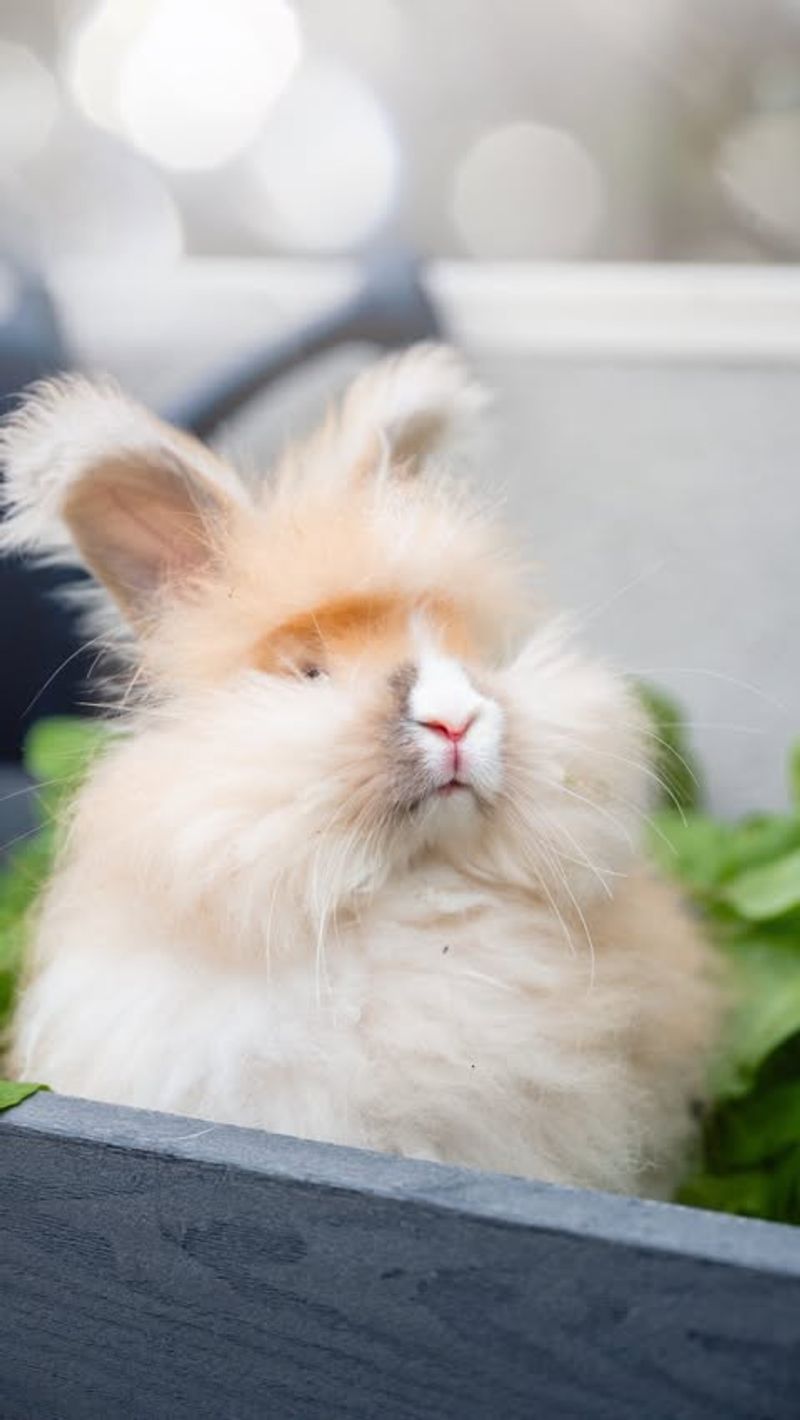
Rabbits come in a wide array of breeds, each with unique characteristics and appearances. From the small and delicate Netherland Dwarf to the large and fluffy Flemish Giant, the diversity among rabbit breeds is extensive.
Each breed has its specific traits, including size, coat type, and temperament. For instance, Angora rabbits are known for their long, soft fur, which requires regular grooming, while Rex rabbits are celebrated for their short, velvety coat.
18. The History Of Rabbits As Pets
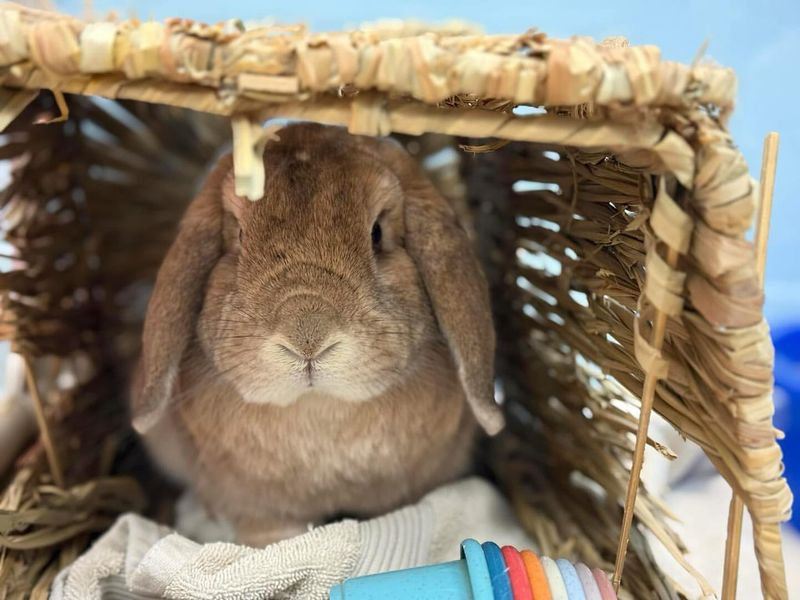
Rabbits have a long history of domestication, with their roles evolving significantly over time. Initially bred for their meat and fur, rabbits eventually became popular as companion animals, valued for their gentle nature and endearing personalities.
The domestication of rabbits began in earnest in the Middle Ages, particularly in monasteries, where they were raised as a reliable food source. Over time, selective breeding led to the development of various breeds, each suited for different purposes, including companionship.
19. Bunny Problem Solving

Rabbits are intelligent animals capable of problem-solving and learning. Their curiosity drives them to explore and interact with their environment, often leading to the development of clever solutions to challenges.
Engaging a rabbit’s intelligence through puzzle toys and interactive games can provide valuable mental stimulation. These activities encourage natural foraging behavior and enhance their cognitive abilities, preventing boredom and promoting overall well-being.
20. Rabbit Teeth
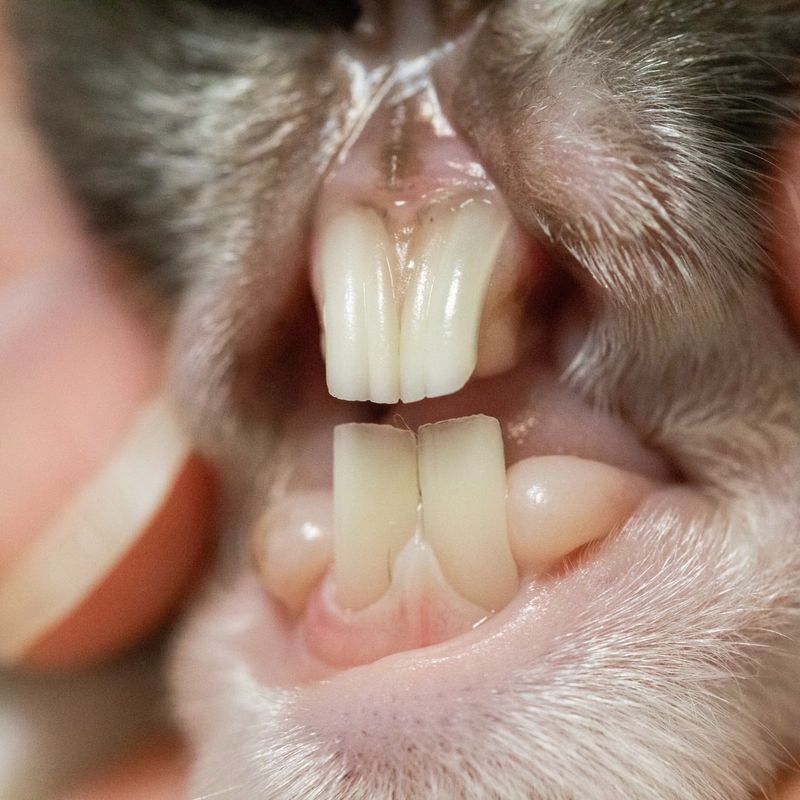
Rabbits have unique dental needs due to their continuously growing teeth. Their incisors and molars grow throughout their lives, requiring constant wear to prevent overgrowth, which can lead to dental problems.
Providing a diet rich in fibrous materials, like hay and leafy greens, is crucial for maintaining dental health. The chewing action helps wear down teeth naturally, preventing issues such as malocclusion, where teeth do not align properly.
21. The Significance Of Rabbit Feet
Rabbit feet are uniquely adapted for their lifestyle, providing both speed and dexterity. Their powerful hind legs are designed for rapid propulsion, allowing rabbits to make quick escapes from predators with impressive leaps and bounds.
The structure of their feet also aids in digging, a natural behavior for creating burrows and searching for food. Their padded soles provide traction and cushioning, essential for both sprinting and navigating diverse terrains.
22. Rabbit Instincts
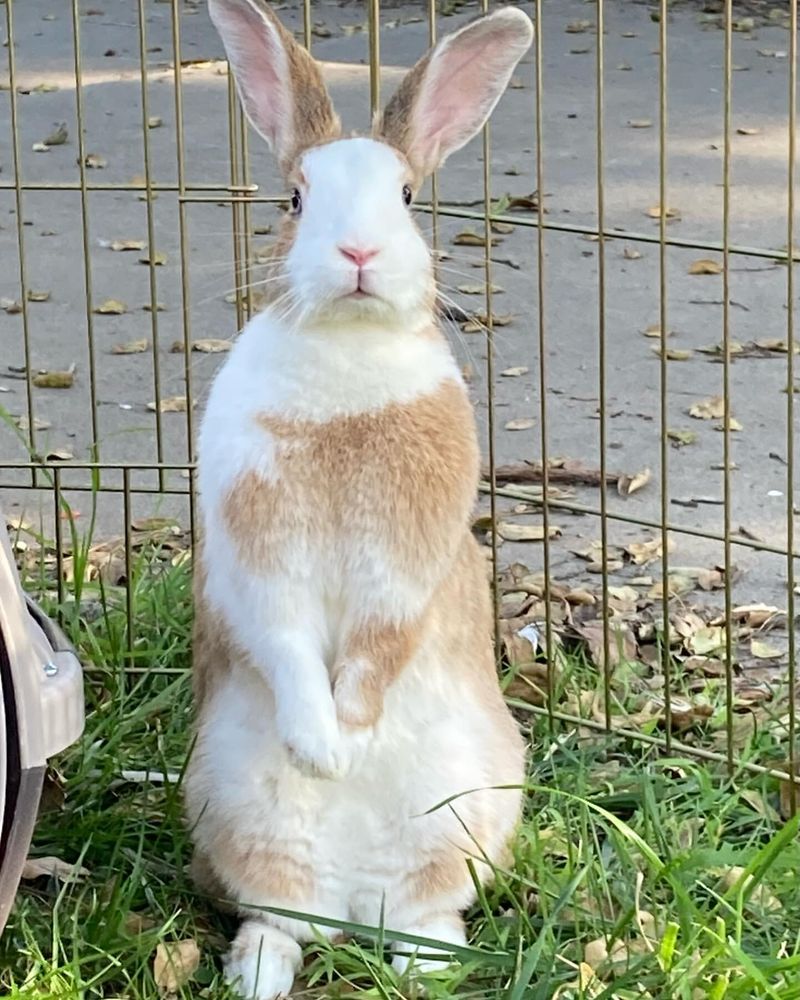
Rabbits are driven by a range of instincts that govern their behavior and interactions. These instincts, honed over centuries of evolution, play a critical role in their survival and daily activities.
Foraging is a primary instinct, with rabbits spending a significant portion of their time searching for food. This behavior is reflected in their diet, consisting mainly of fibrous plants and grasses. Alertness is another key instinct, as rabbits are prey animals and must remain vigilant to threats in their environment.
23. The Role Of Rabbits In Ecosystems
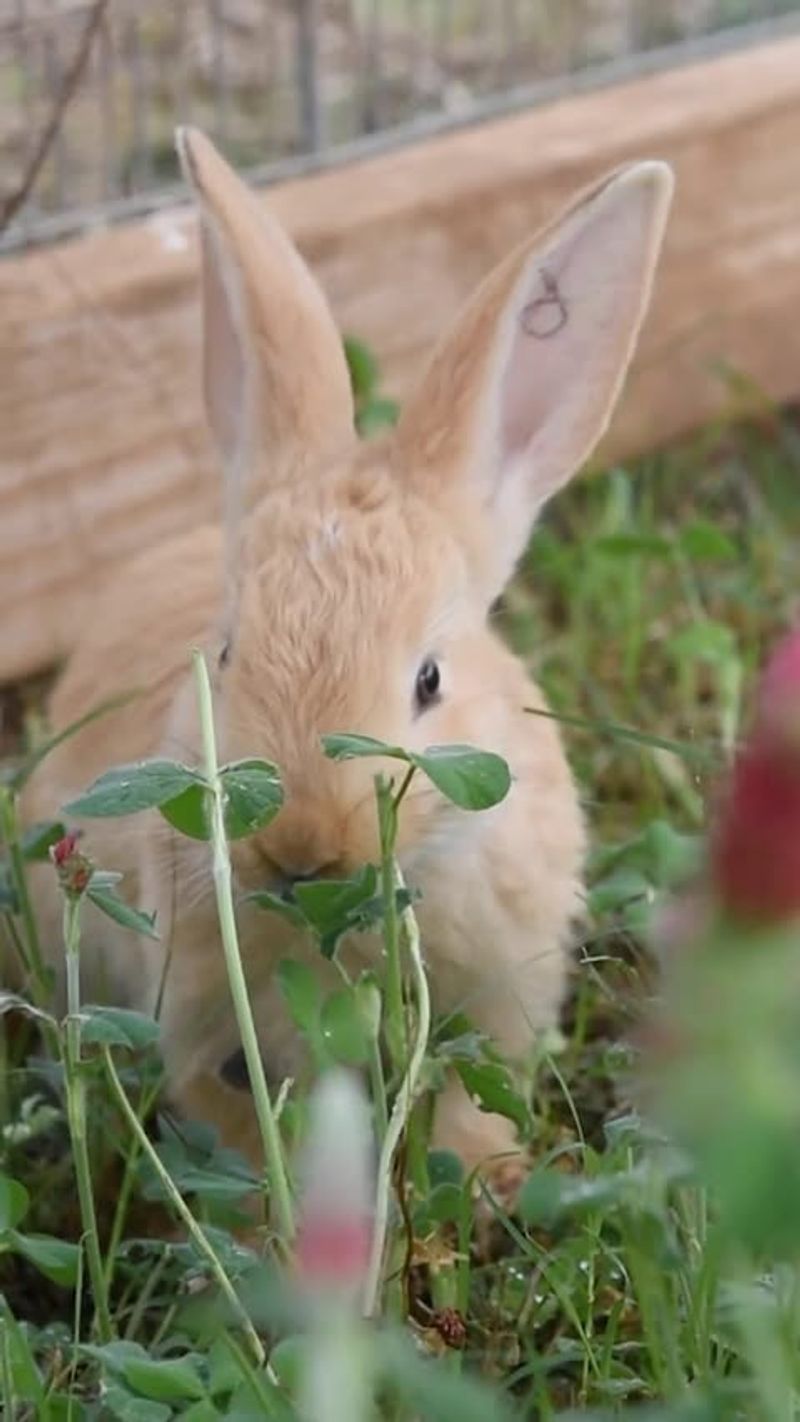
Rabbits play a significant role in ecosystems, contributing to the health and balance of their habitats. As herbivores, they influence vegetation dynamics through their grazing habits, promoting plant diversity and preventing overgrowth.
Their burrowing activities aerate the soil, improving its structure and fertility. This process enhances the availability of nutrients for other plants and organisms, supporting a thriving ecosystem.
24. The Diversity Of Rabbit Sounds
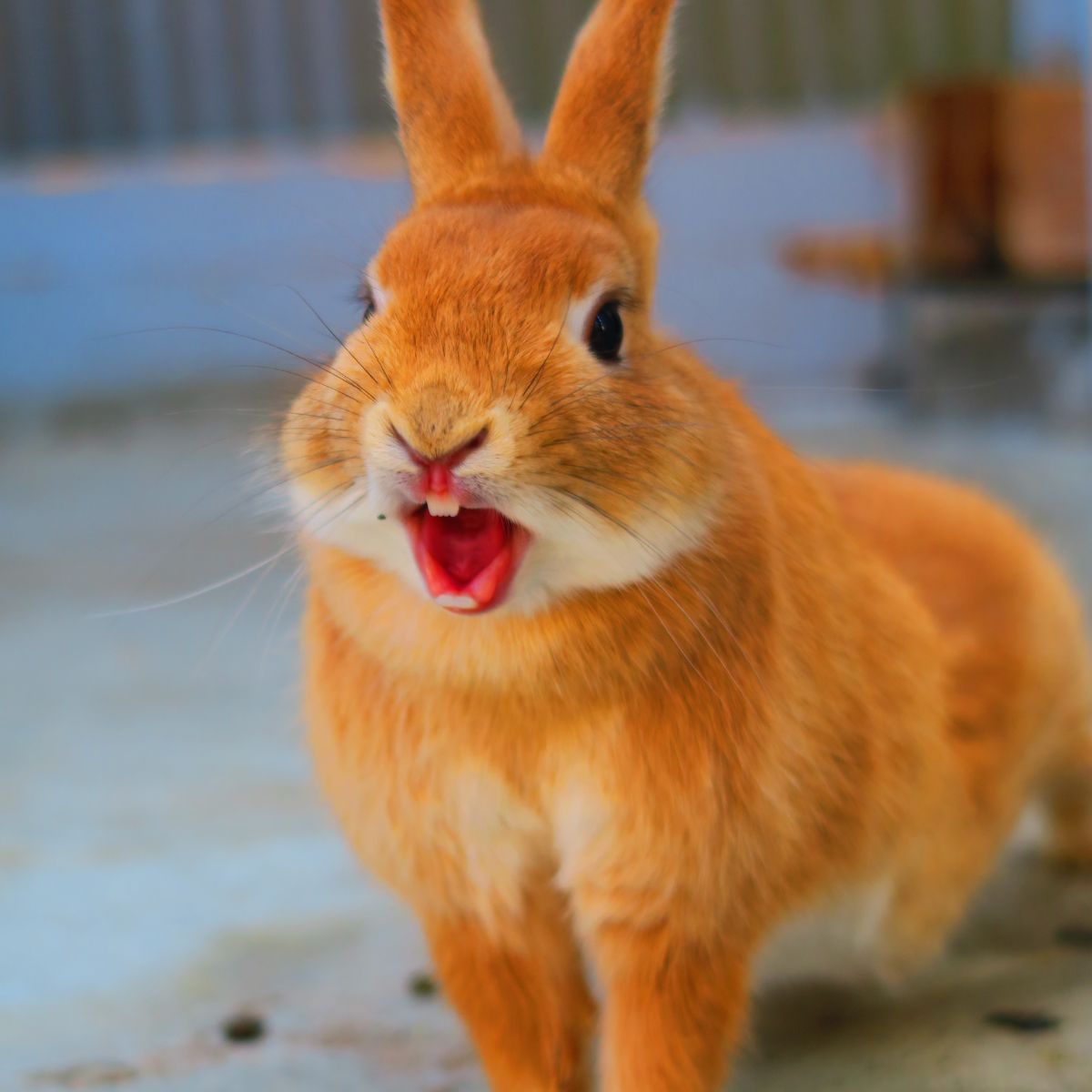
Rabbits, though generally quiet, can produce a range of sounds that convey different emotions and needs. These vocalizations, while subtle, are important for communication among rabbits and with their human companions.
Common sounds include soft grunts, which may indicate curiosity or mild irritation, and purring, a sign of contentment usually produced by grinding their teeth gently. A high-pitched scream, though rare, signals extreme distress or fear and requires immediate attention.
25. Rabbit Adaptations To Climate
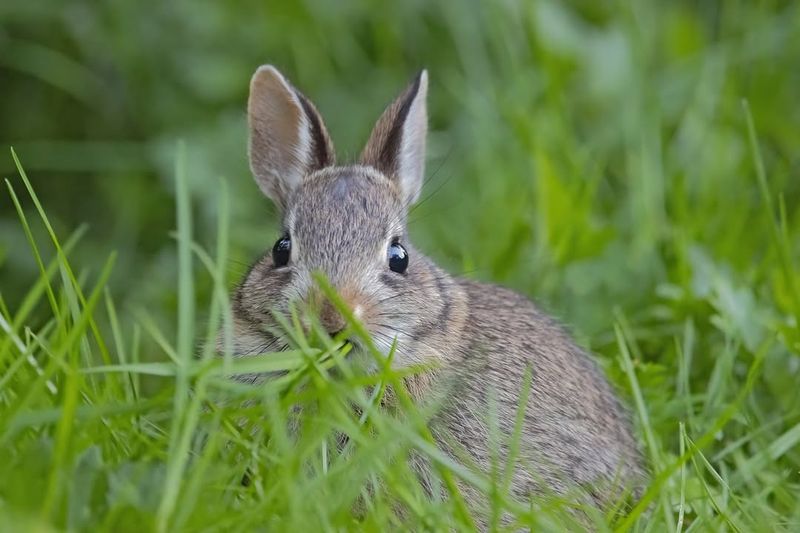
Rabbits are remarkably adaptable creatures, capable of surviving in diverse climates and environments. Their thick fur provides insulation against cold temperatures, while their large ears help dissipate heat in warmer climates.
These adaptations allow rabbits to thrive in a range of habitats, from tundras to deserts. In colder regions, they may develop a thicker winter coat, shedding it as temperatures rise in the spring and summer. Conversely, rabbits in hot climates rely on their ears to regulate body temperature and prevent overheating.
26. Rabbits In Cultural Symbolism
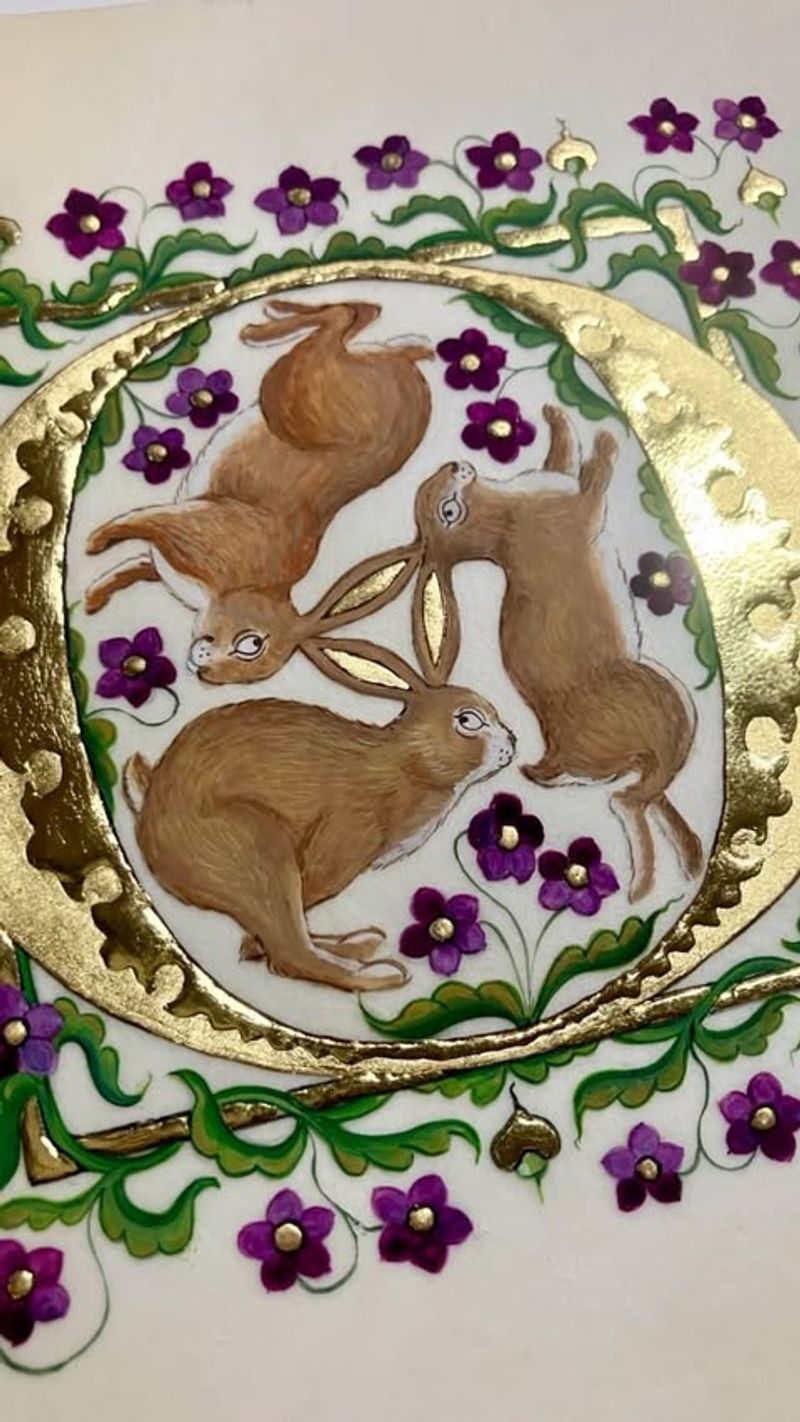
Rabbits hold significant symbolic meanings in various cultures around the world. Often associated with fertility and renewal, they appear in myths, legends, and folklore, reflecting human fascination with their traits and behaviors.
In Western culture, the rabbit is often linked to the Easter Bunny, a symbol of new life and resurrection. In Chinese mythology, the Jade Rabbit is a companion to Chang’e, the moon goddess, symbolizing longevity and prosperity.



